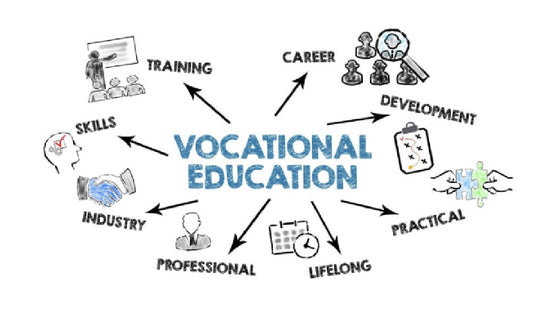ASQA’s model for self-assurance and reality
ASQA has published a new model for self-assurance that providers can use to improve their practices.
The new model should have set out the requirements for an effective self-assurance system and provided guidance on how providers can develop and implement such a system. However, what we can find online after extensive consultation and engagement that ASQA states it did in April and May 2022. It has very little information related to the self-assurance system. Yes, they have recently put a disclaimer work in progress but, after so much consultation the sector receives a diagram.
This diagram has effective training and assessment delivery and quality outcomes and achievements in its centre, surrounded by continuous improvement and four foundational elements such as leadership/governance; staff capability and development; student engagement and support; and industry and/or community engagement.
How is this diagram going to assist training organisations with a self-assurance framework?
A training organisation's model for self-assurance should include the following components:
The organisation's purpose, values and goals
The legal and regulatory environment in which the organisation operates
The organisation's stakeholders and their expectations
The risks facing the organisation and its activities
The controls in place to mitigate those risks
The process for monitoring and reporting on risk and control effectiveness
The organisation's culture and how it supports or detracts from effective risk management
- Governance and management arrangements that promote a culture of continuous improvement and learning, and that are aligned with the organisation's strategic objectives;
- A robust quality management system that is regularly reviewed and updated in line with changes in the organisation's operating environment;
- Clear accountability arrangements for all staff members, including clear lines of responsibility and reporting;
- Regular monitoring and evaluation of the effectiveness of training programmes and delivery methods;
- Continuous professional development opportunities for all staff members;
- A mechanism for dealing with complaints and feedback in a timely and effective manner;
- A commitment to maintaining high standards of customer service;
- Regular review and update of policies and procedures.
Organisations should have clear and specific training objectives that are aligned with their business goals. Instructional methods should be based on adult learning principles and be tailored to the needs of the learners. Resources should be sufficient to support the delivery of the training. The learning environment should be positive and conducive to learning. Finally, evaluation should be ongoing to ensure that the training is meeting its objectives. By incorporating these components into their self-assurance model, organisations can be confident that they are providing quality training that will meet the needs of their learners.
Organisations that have a well-developed model for self-assurance are more likely to be able to identify areas in which they can improve their performance and make the necessary changes to their operations. This, in turn, leads to improved outcomes for both the organisation and its clients.
When developing a model for self-assurance, organisations should consult with their stakeholders to ensure that it meets their needs and expectations. Stakeholders include clients, employees, regulators, and other interested parties.
Organisations should also seek feedback from their stakeholders on a regular basis to ensure that the model for self-assurance is fit for purpose and remains relevant. Feedback can be obtained through surveys, focus groups, or one-to-one meetings.
URL: https://www.asqa.gov.au/how-we-regulate/self-assurance/have-your-say-draft-self-assurance-model
We hope that ASQA’s new self-assurance model provides ultimately offers the training organisation with the requirements for an effective self-assurance system, as well as guidance on how to develop and implement such a system. The benefits of having an effective self-assurance system in place include improved quality of training and assessment delivered by the Provider, increased confidence in the Provider’s ability to meet ASQA’s Standards, and reduced risk of non-compliance with ASQA’s Standards.


































